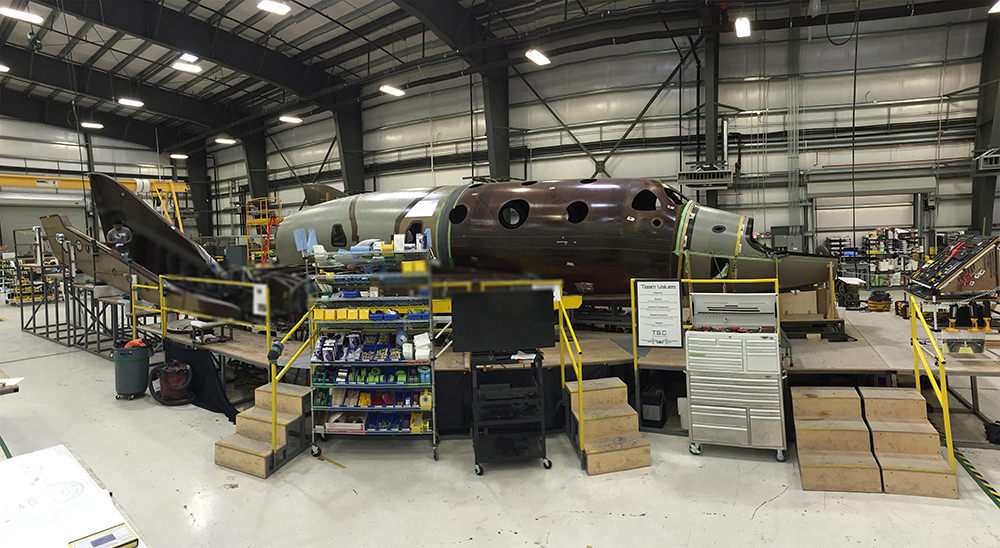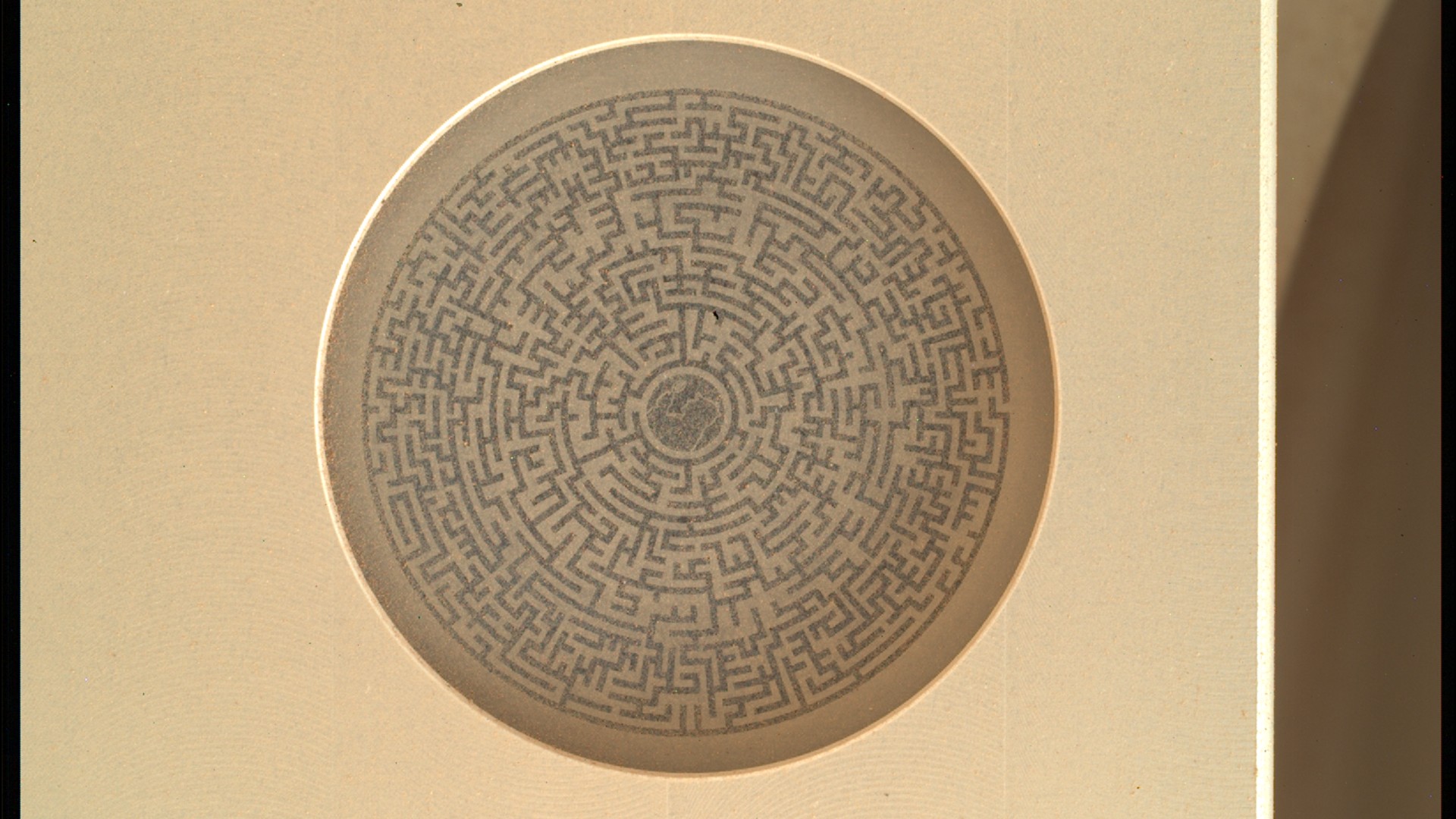The private spaceflight company Virgin Galactic's second SpaceShipTwo is really starting to come together, just a few months after the first one broke apart during a tragic test flight accident.
In a new video showing the next SpaceShipTwo, Virgin Galactic officials and engineers building the commerical spaceliner provided a revealing look behind the scenes of the space tourism project, and reiterated their resolve to making private space travel a reality in the wake of last year's test flight tragedy.
The first SpaceShipTwo crashed on Oct. 31 during its fourth rocket-powered flight test, killing co-pilot Michael Alsbury and injuring pilot Peter Siebold. The suborbital space plane's "feathering" re-entry system deployed early, say officials with the National Transportation Safety Board (NTSB), who are continuing to investigate the accident.
Virgin Galactic remains committed to getting SpaceSpaceShipTwo up and running, and the second vehicle may be ready to go soon. [How Virgin Galactic's SpaceShipTwo Works (Infographic)]

"Now, we're at a point where you look at it, and it looks like a spaceship," said Jonathan Ritchie, SpaceShipTwo program manager at The Spaceship Company, the Virgin Group-owned firm that designs and builds the vehicle in Mojave, California.
The Spaceship Company decided to start building the second space plane in January 2012 and has made a great deal of progress in the three years since, Ritchie added.
"We've got all the big, major pieces together," Ritchie said in the SpaceShipTwo construction video released by Virgin Galactic last week. "It's kind of like closing the box when you're satisfied with everything inside, and we're at that point. We've built the structure, we've packed it full of systems components and now we're ready to tie the bow around it."
Get the Space.com Newsletter
Breaking space news, the latest updates on rocket launches, skywatching events and more!
The next big steps will include actions like painting the vehicle and checking out its avionics and other systems, Ritchie said.
But the new SpaceShipTwo may be grounded for a while even after it's ready to fly. It may take the NTSB a year to finish its investigation, and then Virgin Galactic must convince the Federal Aviation Administration that it has satisfactorily addressed any problems identified before receiving a license for another test flight.
"I wouldn't be surprised if their next flight is pushed off a year or more," Scott Hubbard, director of the Stanford Center of Excellence for Commercial Space Transportation at Stanford University, told Space.com shortly after the accident.
The two-pilot, six-passenger SpaceShipTwo is designed to be carried to an altitude of 50,000 feet (15,000 meters) or so by an airplane called WhiteKnightTwo. At that point, SpaceShipTwo is released and blasts itself upward with its onboard rocket engine.
The vehicle has turned on its engine during four separate flight tests but has not yet made it to suborbital space. When commercial operations begin, customers can expect to experience a few minutes of weightlessness as well as get a great view of Earth against the blackness of space, Virgin Galactic representatives say. Hundreds of people have put down deposits to reserve a seat aboard the vehicle; tickets currently sell for $250,000.
Follow Mike Wall on Twitter @michaeldwall and Google+. Follow us @Spacedotcom, Facebook or Google+. Originally published on Space.com.
Join our Space Forums to keep talking space on the latest missions, night sky and more! And if you have a news tip, correction or comment, let us know at: community@space.com.

Michael Wall is a Senior Space Writer with Space.com and joined the team in 2010. He primarily covers exoplanets, spaceflight and military space, but has been known to dabble in the space art beat. His book about the search for alien life, "Out There," was published on Nov. 13, 2018. Before becoming a science writer, Michael worked as a herpetologist and wildlife biologist. He has a Ph.D. in evolutionary biology from the University of Sydney, Australia, a bachelor's degree from the University of Arizona, and a graduate certificate in science writing from the University of California, Santa Cruz. To find out what his latest project is, you can follow Michael on Twitter.
